Demonstration of Euler Buckling
Categories:Demonstration of Euler Buckling Technical Description: In stability theory, the four cases of Euler buckling represent the elastic flexural buckling of straight bars. Above a specific load - the buck...
Product
Description
Demonstration of Euler Buckling
Technical Description:
In stability theory, the four cases of Euler buckling represent the elastic flexural buckling of straight bars. Above a specific load - the buckling load - a loss of stability occurs and the bar increasingly changes shape. The axis of the bar is deflected laterally. Euler describes four cases for the buckling of an elastic bar with central application of compressive force and various methods of support. Demonstrates the four cases of Euler buckling. Depending on the end conditions, different weight loads are required until the buckling load is reached and the axes of the bars are laterally deflected. The buckling length is clearly visible against the white backing wall with the grid patterning. The test bars are made of stainless spring steel, and remain within the elastic range during the experiment. The test bars are either fixed or pinned (free to rotate), depending on the chosen support method. This enables all buckling cases according to Euler to be set up with the various support conditions. Mounts are provided in the top supports to hold the weights. Load is gradually applied to the test bars in small increments. This enables the sudden loss of stability - the buckling - to be clearly shown. The various elements of the experiment are clearly laid-out and housed securely in a storage system. The well-structured instructional material sets out the fundamentals and provides a step-by-step guide through the experiments.
Specification:
1. Demonstration of elastic buckling 2. Representation of all cases of Euler buckling 3. 4 steel test bars 4. Loading of test bars with weights 5. Test bars cannot be overloaded 6. White backing wall with grid patterning 7. Storage system to house the components
Technical Data:
Test bars
- quantity: 4 - bar length: 180mm - bar cross-section: 0,5x12mm - material: steel 1.4310 cold-worked - buckling loads: approx. 2...32N
Weight set
- 10x 5N - 5x 1N
quick overview :
Demonstration of Euler Buckling
Technical Description:
In stability theory, the four cases of Euler buckling represent the elastic flexural buckling of straight bars. Above a specific load - the buckling load - a loss of stability occurs and the bar increasingly changes shape. The axis of the bar is deflected laterally. Euler describes four cases for the buckling of an elastic bar with central application of compressive force and various methods of support. Demonstrates the four cases of Euler buckling. Depending on the end conditions, different weight loads are required until the buckling load is reached and the axes of the bars are laterally deflected. The buckling length is clearly visible against the white backing wall with the grid patterning. The test bars are made of stainless spring steel, and remain within the elastic range during the experiment. The test bars are either fixed or pinned (free to rotate), depending on the chosen support method. This enables all buckling cases according to Euler to be set up with the various support conditions. Mounts are provided in the top supports to hold the weights. Load is gradually applied to the test bars in small increments. This enables the sudden loss of stability - the buckling - to be clearly shown. The various elements of the experiment are clearly laid-out and housed securely in a storage system. The well-structured instructional material sets out the fundamentals and provides a step-by-step guide through the experiments.
Specification:
1. Demonstration of elastic buckling 2. Representation of all cases of Euler buckling 3. 4 steel test bars 4. Loading of test bars with weights 5. Test bars cannot be overloaded 6. White backing wall with grid patterning 7. Storage system to house the components
Technical Data:
Test bars
- quantity: 4 - bar length: 180mm - bar cross-section: 0,5x12mm - material: steel 1.4310 cold-worked - buckling loads: approx. 2...32N
Weight set
- 10x 5N - 5x 1N
Product
Reviews
add Review
reviews
No Review Yet.
Copyrights © 2025 All Rights Reserved by Atico







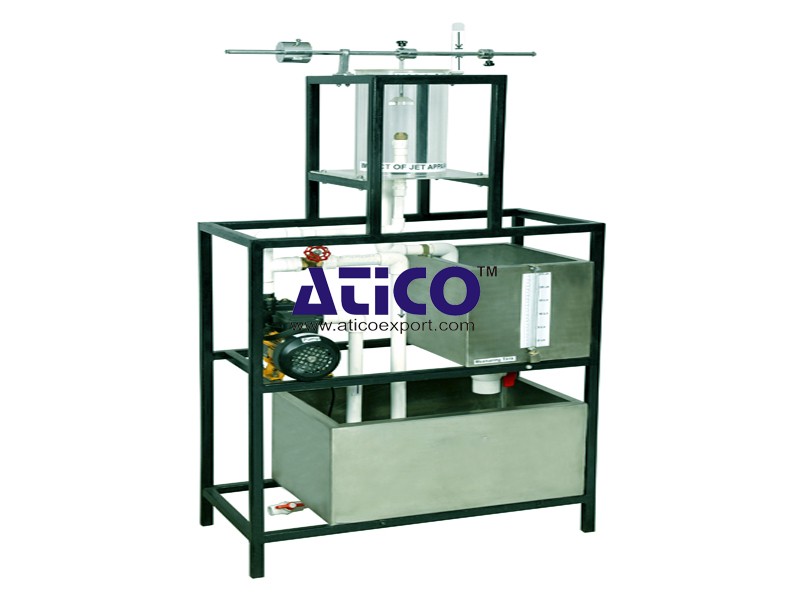
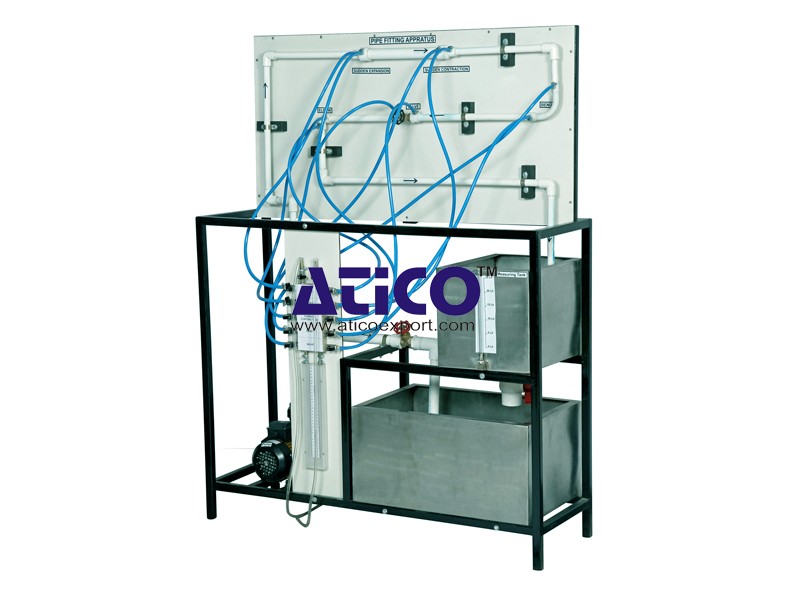
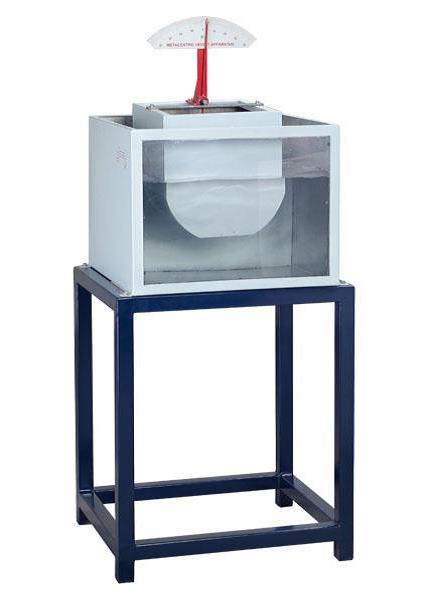
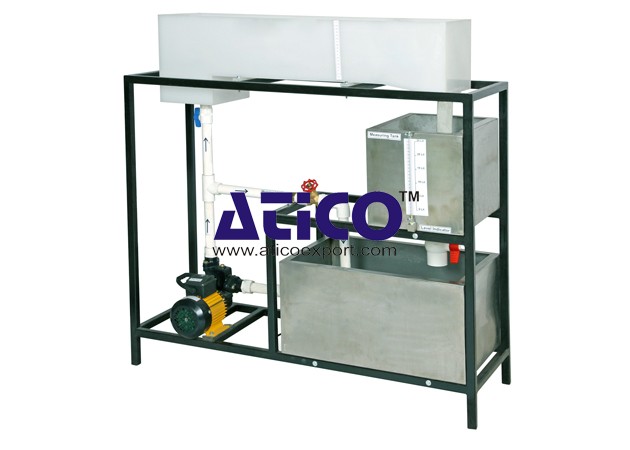
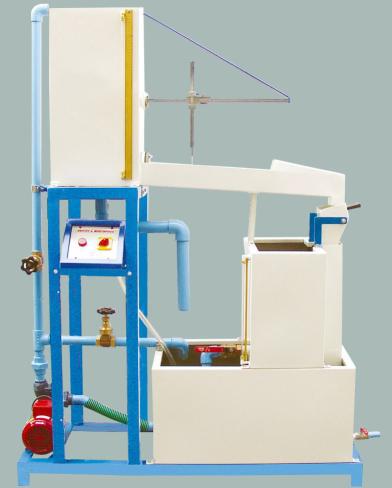
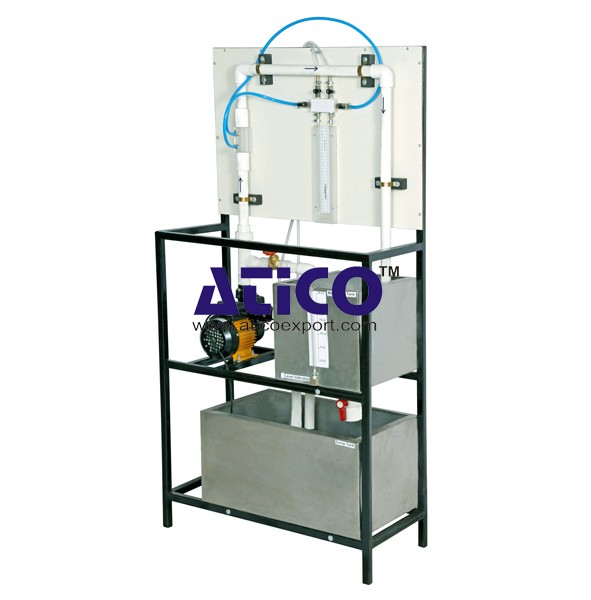

Product
Reviews
add Review
reviews
No Review Yet.